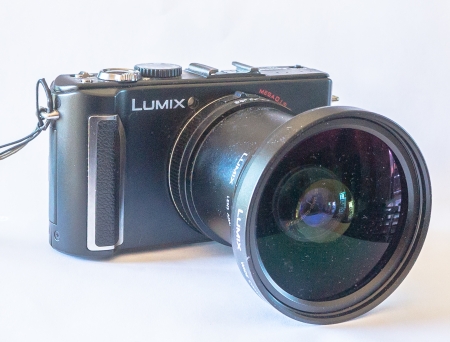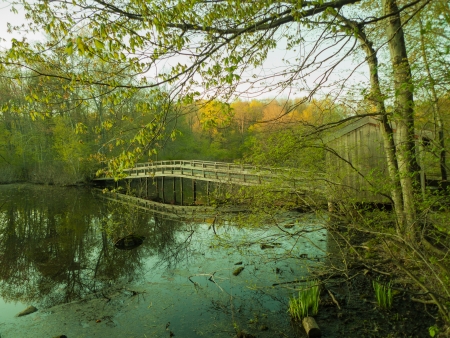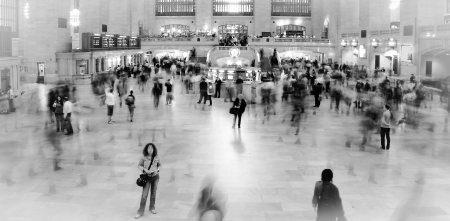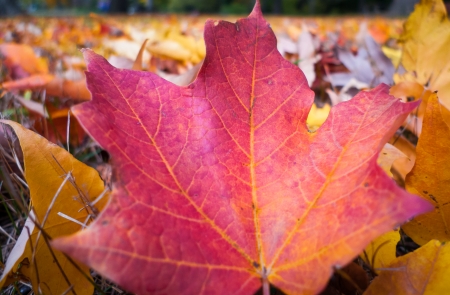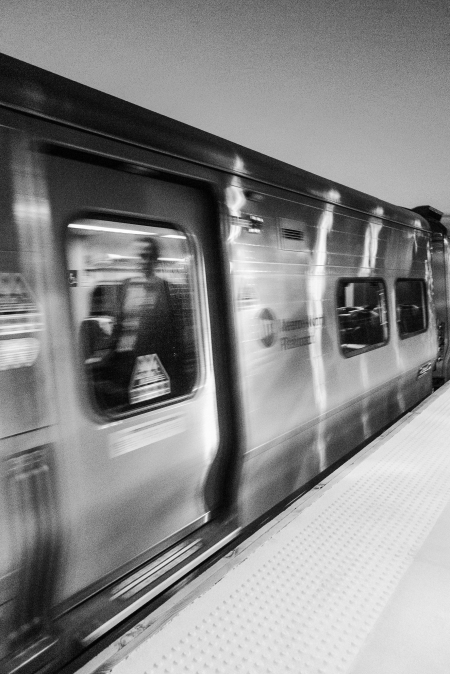Panasonic Lumix LX3 with its excellent wide angle adapter.
I owe a lot to this camera. Somewhere along the line I’d lost interest in photography. Over the years I’d gone from the Minolta 7sii rangefinder that got me started, to a film SLR (Canon AE-1) and then to digital (Maxxum D SLR and Canon Powershot S-50). I’d also picked up a used Rolleiflex on a whim, but only used it once or twice – but that’s another story. I’d reached a point where I rarely went out to take photos, and was even reluctant to take a camera on vacations, family events etc. I’m not entirely sure why I lost interest. As I had moved to SLRs they had gotten bigger (the bodies and especially the lenses) and I no longer wanted to lug all of this stuff around.
More importantly perhaps was that I was dissatisfied with my pictures because I couldn’t entirely control the results. I never developed my own film and so I was always at the mercy of the labs. Even with digital images I had rarely post processed (even though I had copies of an older version of photoshop and also Photoshop Elements.)
I’d stopped carrying around the SLRs and pretty much restricted myself to the Canon. Then I was in Switzerland for my younger daughter’s wedding and I left the Canon in a taxi. It was later returned to me and I eventually gave it to my grandson, but for a while I was without a small, carry around camera. So I did some research and decided to get the LX3. I was very impressed with the results. I liked that it was small enough to carry around; it has a great f2.0 lens; 10 megapixel resolution; multiple aspect ratios; good macro and wide angle performance.
Although the LX3 is a wonderful camera there are still things about it I don’t like including: It’s small but still a little too large to comfortably carry around in a pocket; Noise starts to get bad above ISO 400; The zoom range (24-60mm equivalent) is a bit short;The LCD screen is almost impossible to see in bright sunlight and the only viewfinder option is a fixed 24mm optical.
The LX3 pretty much solved the portability problem. When I got this camera I also started to use RAW format files and Adobe Lightroom. This combination gave me much of the control I was lacking. Not all of it though. I still haven’t fully mastered digital printing.
Overall I was more than satisfied and I started taking pictures again – lots of them. It came at just the right time. With retirement looming I needed a hobby – something to occupy my time. Suddenly I was back into photography with a vengeance. Not just taking pictures, but studying the philosophy of photography, the history of photography etc. I even got into vintage cameras and started using film again. I’m now retired and spend a lot ob my time on “things photographic”. I don’t know if this would have been the case without this camera.
Bridge to Wildflower Island, Teatown preserve
Grand Central Terminal, NY
Autumn leaves at Kingsland Point Park, Tarrytown, NY
Man on a Train. Scarborough Station, Briarcliff Manor, NY

